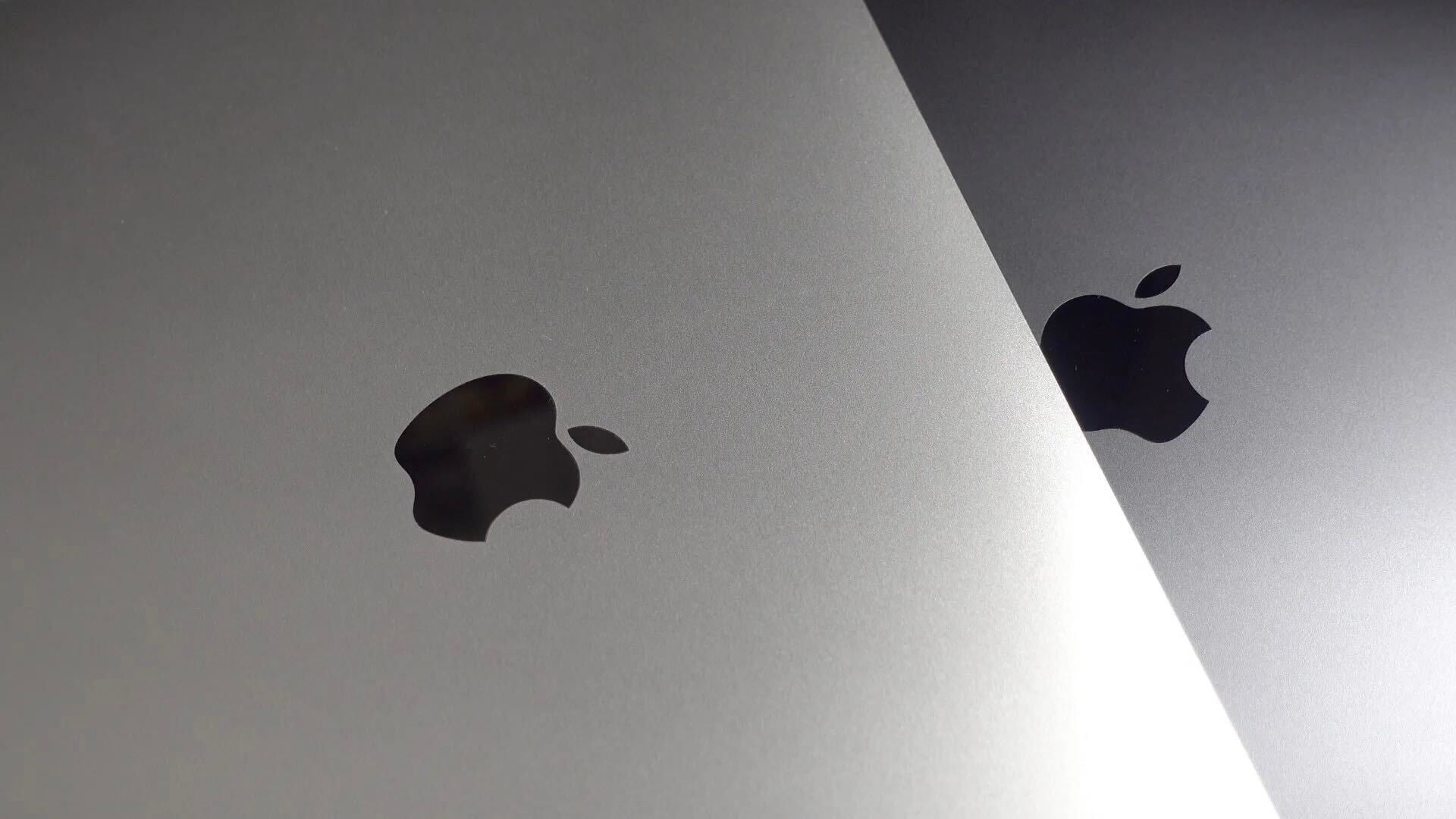
A chart showing iPhone performance gains over the years shows that diminishing returns have largely set in, but the overall gains are still impressive.
In particular, if you upgrade every three to four years, as the average smartphone user does these days, you’re going to see around a doubling in performance …
Creative Strategies analyst Ben Bajarin put together the above chart showing annual single-core performance gains every year from the A7 chip in the iPhone 5S to the A15 chip in the iPhone 13.
The chart shows three things. First, we see the absolute performance gains each year, which appears to be a relatively steady upward progress. But second, in the red line, he plots the year-on-year percentage improvements. This shows a rather different picture, showing an overall downward trend from the A9 chip onwards.
There are a few things to note about this. First, Apple is the clear leader in mobile chips, so even incrementally smaller gains each year are still always from the highest base in the industry. Second, even this year, in which the A15 chip may have been impacted by the loss of key chip engineers, Apple still pulled off a 10% gain. Third, while the A15 chip uses a slightly improved design, it’s still based on a 5nm process, like the A14 preceding it. Next year’s A16 is expected to use a die shrink version, which is a kind of compromise between 5nm and true 4nm, so will likely show better gains.
Bajarin says that Apple’s control of the complete hardware and software setup is often underestimated when considering real-life performance.
For pure semiconductor companies, the chip is the product. For Apple, the chip is just part of the product but a critical part of the product experience. This subtle difference allows Apple to make different architectural decisions with their silicon parts. I found this line found on Apple’s website explaining the tight integration of the hardware teams, software teams, and silicon teams demonstrates the unique way all three groups collaborate.
“What’s truly unique about Apple is that we don’t just start with a superfast chip and build features around it. Instead, we start with an idea about a great experience we’d like you to have, and then we all work together to bring it to life.”
This subtle point often gets overlooked amidst talk of Apple’s silicon performance […] Apple’s integrated product design approach of hardware, software, and silicon has led to many of the advances in camera, battery life, AI, video capture performance, and even ProMotion on iPhone 13 Pro. Apple has a luxury other silicon companies don’t. They custom-tune their architecture and silicon design specifically for iPhone and the feature they want iPhone to have.
This allows them to spend their transistor budget on features instead of just pure performance.
He also says that annual performance gains aren’t really relevant to the typical iPhone owner, who upgrades every three to four years. So that’s the third thing he highlights in the chart: the four-year gains.
Going back to iPhone 5s, Apple has averaged 133% performance increases every four years.
Most interesting, for this iPhone 13 cycle, are those Apple customers coming from an iPhone X or Xs are going to see a 91% performance increase. Our continued research in the smartphone category consistently reveals that most customers upgrade when they feel their current device is old and slow. Those customers upgrading every 3-4 years, which is the norm, would see between 80-91% performance increases during their refresh cycles.
Apple still has a large current installed base of iPhone 8, X, and Xs smartphones which I believe will lead the iPhone 13 cycle. Those customers are up for a huge upgrade in their total iPhone experience.
FTC: We use income earning auto affiliate links. More.



Comments